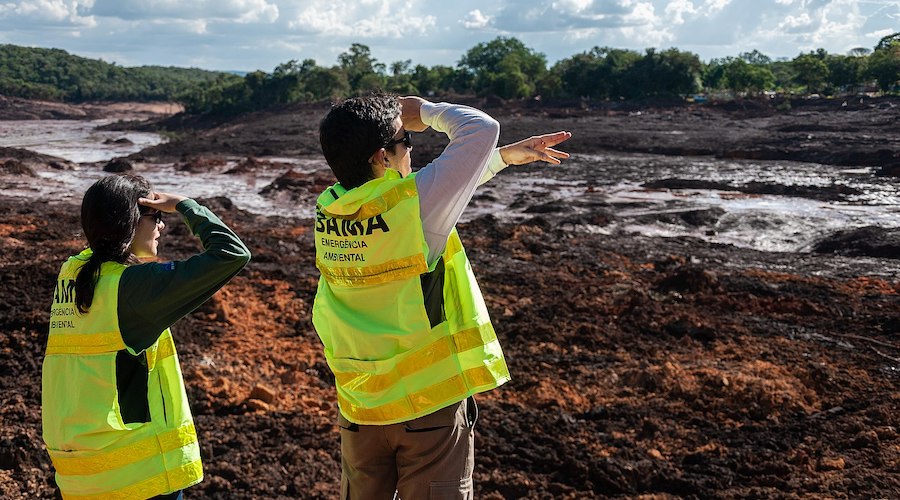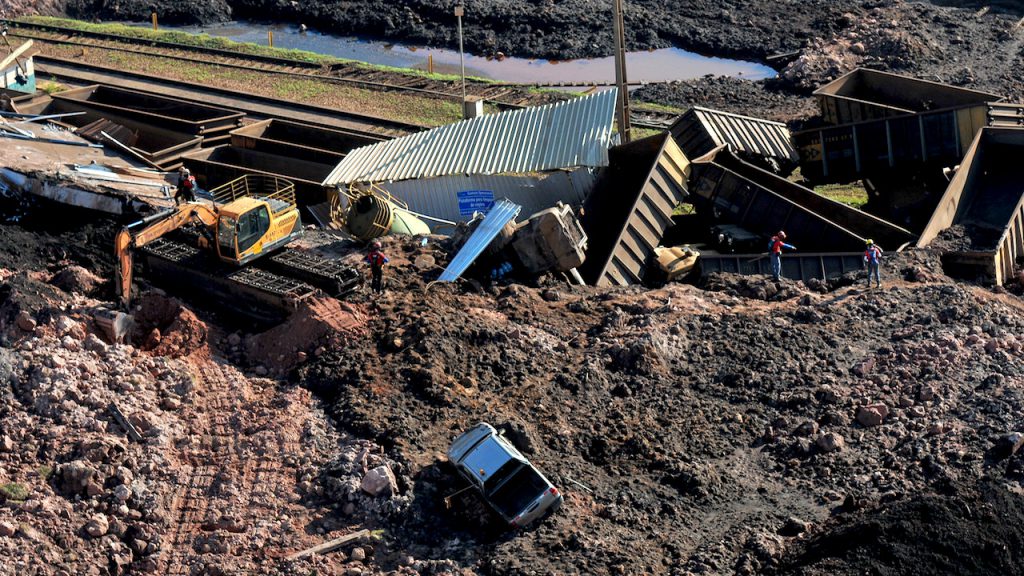Vale raises potential failure alert at three dams

Brazilian mining giant Vale (NYSE:VALE) has issued a level one emergency alert for three inactive tailings dams in the country’s southeastern state of Minas Gerais.
The miner, the world’s largest iron ore producer, said the populations downstream of the dams 6 and 7A at the Aguas Claras mine, at Nova Lima and the Area IX dam at the Fábrica mine in Ouro Preto did not need to be evacuated.
“The decision to raise the level of emergency is a preventive measure until the technical analysis of the structures is completed,” Vale said in the statement.
“The move is just a preventive measure until a technical analysis of the structures is completed”
Vale
It did not expect any impact on its 2020 production plan, which has been forecast at between 310 and 330 million tonnes of iron ore. That projection, revised in April, considers as much as 15 million lost tonnes from eventual covid-19 impacts.
The announcement is the latest in a series of emergency level protocols being activated for Vale dams, with the miner’s facilities under increased scrutiny since the Brumadinho tailings dam collapse in January 2019, which killed at least 270 people and caused widespread damage.
The mining giant faces legal action over the incident, the deadliest in Brazil’s mining history, including allegations that Vale was aware of the dam’s unstable condition years before the accident happened.
In January, state prosecutors charged Fabio Schvartsman, the chief executive at the time of the burst, and 15 other people with homicide. Schvartsman left his position at the company in March 2019.
They also charged Vale and its German contractor, TUV SUD, with environmental crimes, as the burst dam unleashed an avalanche of muddy mining waste that polluted the nearby town of Brumadinho, water streams, and agricultural land.
Mounting pressure
In May, a Brazilian judge ordered the company to set aside 7.9 billion reais (about $1.5 billion) to pay potential fines related to last year’s disaster.
The figure added to the 1 billion reais ($260m at the time) in frozen funds a federal court ordered Vale to pay affected communities shortly after the deadly incident.

The Rio de Janeiro-based company is also facing pressure on other fronts. Earlier this week it was ordered to shutter its Itabira complex, which accounts for about 10% of production, due to an outbreak of covid-19.
Tailings in the spotlight
The tragic 2019 incident has triggered over the past year several criminal investigations, including a global inquiry into the status of 726 tailing dams.
It has also put the safety of those structures under the microscope.
The International Council on Mining and Metals (ICMM), a London-based industry group representing 27 major mining companies, formed an independent panel of experts in charge of developing global standards for tailings facilities.
The Church of England, which invests in mining companies through its pensions for retired clergy, along with its partners, launched a global inquiry in April 2019 into the mining waste storage systems of more than 700 resources companies.
It now asks companies to disclose data on tailings dams on a regular basis.
Switzerland-based Responsible Mining Foundation (RMF) published a study in early April this year, showing that investor-led action had resulted in improved transparency regarding the state of such facilities.
The vast majority of miners, however, have yet to demonstrate they are reviewing how they effectively manage tailings-related risks.
The non-profit, funded by the Dutch and Swiss governments and some small philanthropic organizations, said that while a global standard on tailings management is a welcome initiative, it could be strengthened to become significant in terms of tailings safety.
{{ commodity.name }}
{{ post.title }}
{{ post.date }}


Comments
Jose Martin Comolli
Curriculum